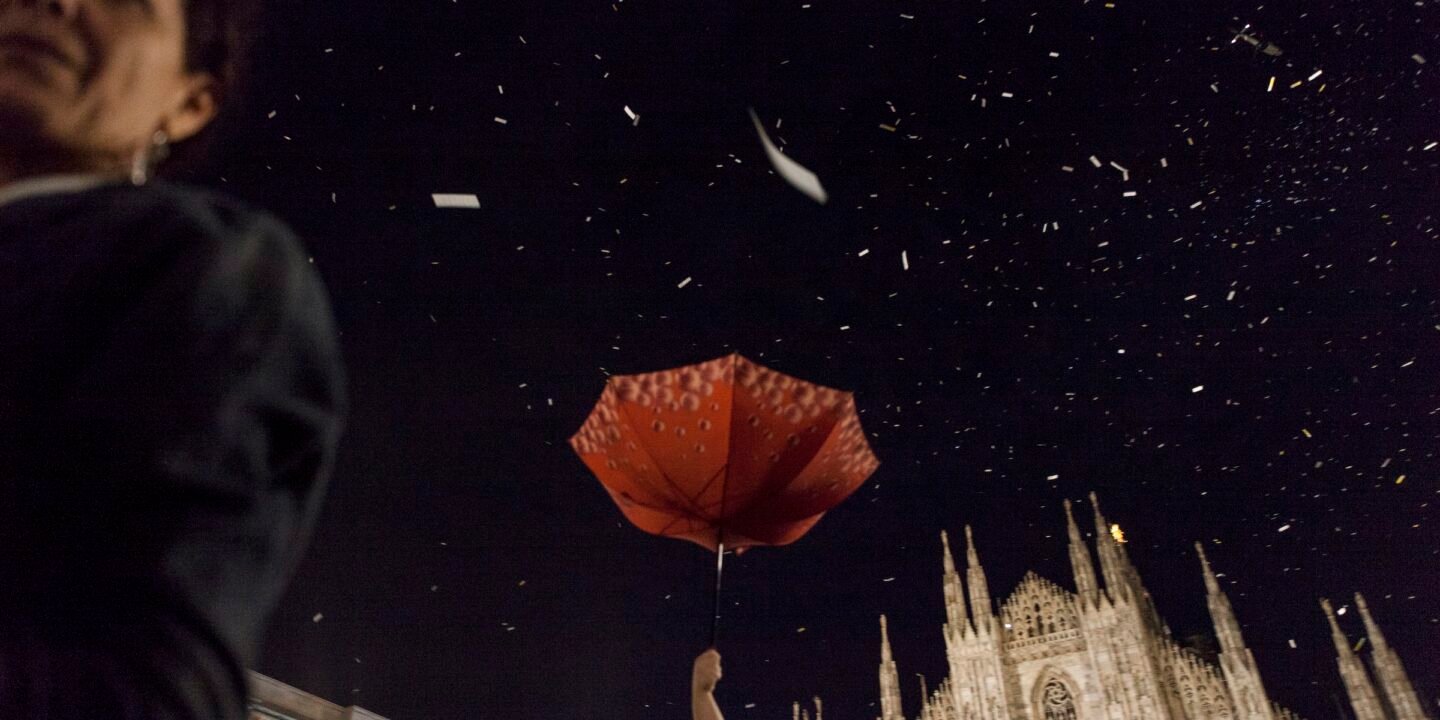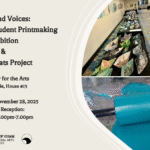
It’s 1996. Seven years earlier, the fall of the Berlin Wall fractured the world order, creating anxiety and geopolitical uncertainty in its aftermath. In his groundbreaking exhibition Traffic at the CAPC musée d’art contemporain de Bordeaux, curator Nicolas Bourriaud brings to life his idea that only temporary art installations — mirroring a status quo in flux — could create meaning by uniting spectator with experience.
Thus began the use of his term “Relational Aesthetics,” upending the tradition of the solitary museumgoer staring at a stagnant work on a static wall. Bourriaud and the artists in Traffic demonstrated that in times of upheaval, collective experience itself is an artistic medium.
Nearly three decades later, it’s fitting that artist and scholar Craig Smith revisits the movement in Relational Art: A Guided Tour (2024), a well-intended if uneven book that equips us to recognize a convulsing world, then as now, in search of a temporary space for connectivity, community, and meaning.
The digitization of art, social networking, and new media such as podcasts, short-form content, and live streaming comprise a kind of fleeting exhibition space where the public can engage. They foster audience participation and collective art production. Bourriaud would have called these social interstices “micro-utopias,” transposed into the digisphere. But having recently abandoned fact-checking on its platforms, Meta is among a host of tech companies that are increasingly dangerous and unreliable conduits for connectivity, rife with conspiracy theory and propaganda. By contrast, Relational Art projects offer a pure and transparent space to make meaning and community.
In case studies mostly from the 2000s, Smith discusses “interhuman activity” and “computer-to-human interactivity.” He cites a project of digital art pioneer Peter Halley, whose Exploding Cell at the Museum of Modern Art in 1996 was one of the first to illustrate this interactivity. Within pre-programmed limits, viewers used a computer and mouse to refashion one of Halley’s nine moving images to their liking. When done, they were prompted to place their signature alongside the artist’s. For Smith, the peripherals in Exploding Cell are “interface tools” that enable artist and viewer together to create “digital aesthetics.”
For all that Smith gets right, he gets a few things wrong — images, for one. All are in black and white, which is a shame in an art book, and he himself has both taken and appeared in too many of them, either as artist in Bored, Bored, Bored at the Musée de l’Orangerie, for example, or photographer in Study for the Thames Whale. Further, my copy was printed upside down in error, which didn’t help matters; had the publisher deliberately forced readers to turn the book right-side up to engage with it, well, that would have been a clever bit of Relational Art. Finally, Smith quotes Bourriaud so extensively that the curator’s entire treatise might as well have appeared in an appendix.
Missing, too, is a discussion of two foundational artists of the movement: Rirkrit Tiravanija and Liam Gillick. In Tiravanija’s 1992 installation “Untitled (Free),” the first in what would become an iterative artwork, he turned a Soho gallery into a kitchen and served up free Thai curry and rice to spectators whom he invited to participate in the act of art-making by eating and socializing. British artist Liam Gillick’s “(The What If? Scenario) Dining Table” (1996), which appeared in Traffic, comprised a blue ping-pong table without a net covered in silver glitter. Visitors interacted with the installation both by tracking glitter all over the gallery floor and by making up their own rules of the game.
The conceptual framework that undergirds these works by Tiravanija and Gillick embodies the original spirit of interconnection among strangers, which is often in short supply. Today the world is lurching toward the right in antagonism, division, and belligerence — not to mention war and genocide. Voices are silenced; censorship abounds. The spirit of Relational Aesthetics with its connectivity and community as surveyed in Smith’s book could be one antidote to our disorder and estrangement, a prism through which we might see how an old movement can speak new truths.
Relational Art: A Guided Tour by Craig Smith (2024) by Craig Smith is published by Bloomsbury Visual Arts and is available online and through independent booksellers.











